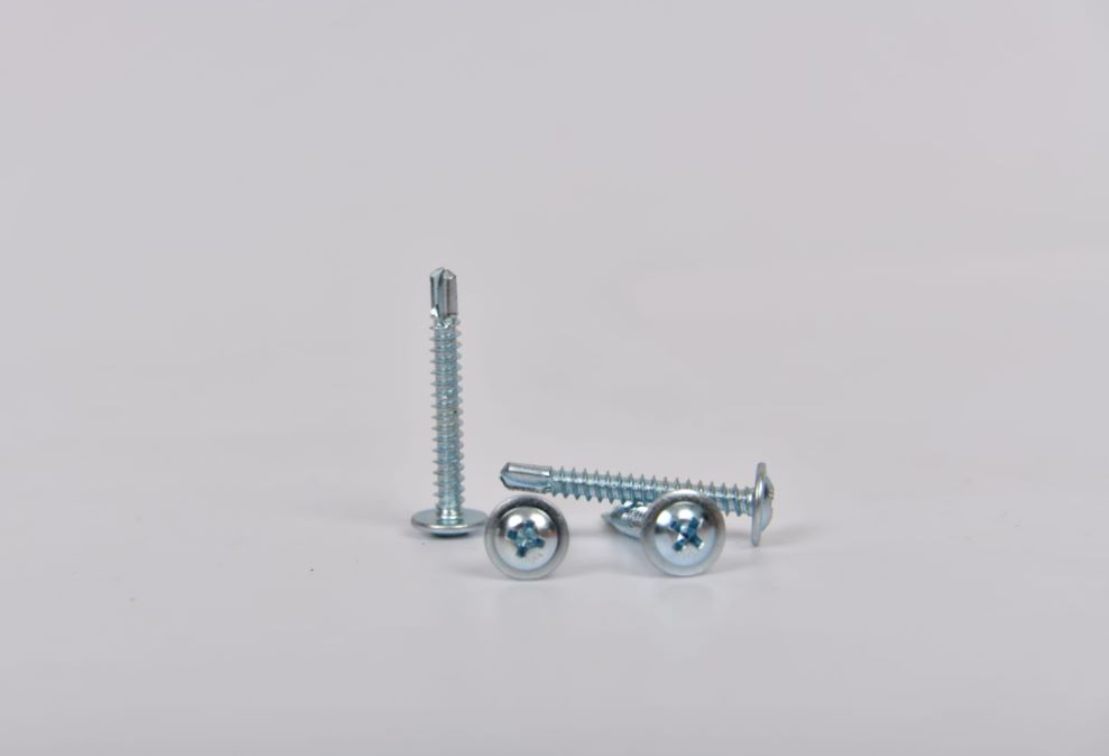drywall gypsum screw product
The Importance of Drywall Gypsum Screws in Construction
In the realm of construction, the choice of materials can greatly influence the durability, stability, and overall quality of a project. One often overlooked yet critical component is the drywall gypsum screw. These screws play a vital role in the assembly of drywall, also known as gypsum board, which is a key material used for interior walls and ceilings.
Understanding Drywall Gypsum Screws
Drywall gypsum screws are specially designed fasteners that are used to secure drywall sheets to wooden or metal studs. Unlike standard screws, gypsum screws have unique features such as a bugle head, which allows for a smooth finish and minimizes the risk of tearing the drywall paper. Additionally, the sharp tip of these screws is engineered to easily penetrate the drywall and underlying supports, ensuring a secure grip without the need for pre-drilling.
These screws are typically made from steel and have a corrosion-resistant coating to enhance their longevity. This is particularly important in areas prone to moisture, as it prevents rust and degradation over time, thus maintaining the integrity of the overall structure.
Advantages of Using Gypsum Screws
The advantages of drywall gypsum screws extend beyond their physical design. For one, they offer excellent holding power, which is essential for keeping drywall securely in place. The threads of gypsum screws are specifically crafted to engage with the substrate material, providing a robust connection that can withstand the stresses of daily use, such as impacts and vibrations.
drywall gypsum screw product

Furthermore, using gypsum screws can speed up the installation process. Their design allows for efficient installation with power tools, making it easier for contractors to complete projects in a timely manner. This efficiency not only saves time but can also reduce labor costs, making them an economical choice for builders.
Installation Tips
When installing drywall with gypsum screws, it's crucial to maintain the proper spacing and depth. Generally, screws should be placed approximately 12 to 16 inches apart along the edges of the drywall and about 24 inches apart in the field. It is important that the screws are driven just below the surface of the drywall without breaking the paper. This allows for a smooth finish when taping and mudding the seams.
In addition, it’s advisable to use a drywall screw gun. These specialized tools are designed to automatically control the depth at which screws are driven, reducing the likelihood of over-driving, which can damage the board.
Conclusion
In conclusion, drywall gypsum screws are an essential element in the construction and interior finishing industries. Their specific design and features make them the go-to option for securely attaching drywall in a variety of settings. By understanding their advantages and following best installation practices, builders and contractors can ensure the longevity and durability of their drywall applications. As construction continues to evolve, the importance of these simple yet effective fasteners remains steadfast, solidifying their role in creating quality indoor environments.
-
Top Choices for Plasterboard FixingNewsDec.26,2024
-
The Versatility of Specialty WashersNewsDec.26,2024
-
Secure Your ProjectsNewsDec.26,2024
-
Essential Screws for Chipboard Flooring ProjectsNewsDec.26,2024
-
Choosing the Right Drywall ScrewsNewsDec.26,2024
-
Black Phosphate Screws for Superior PerformanceNewsDec.26,2024
-
The Versatile Choice of Nylon Flat Washers for Your NeedsNewsDec.18,2024










